|
An atypical superhero story featuring an ordinary boy who must fulfill his destiny, Hakan’s journey ended perfectly with the completion of Season 4 of The Protector. In a groundbreaking cinematic journey, where the producers worked hard to maintain the foundations of Turkish storytelling, The Protector follows an internally consistent script that captures a young man’s discovery of how the past affects the future, the truths reside within the lies, loyalties are tested within the illusions, the light glows within the darkness and, most importantly, how true strength lies within. 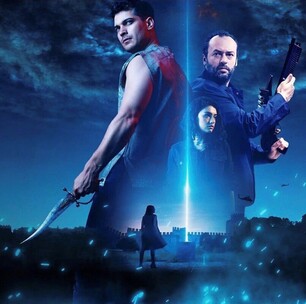 Much of Season 4 is set in the past, with Hakan traveling in time and into Harun’s body, tasked with trying to understand how the battle with the Immortals can be resolved in the past. We learn how the Immortals, who are really cursed souls stuck in this world, also begin to learn that love can supersede the anger and provide a path to happiness. The path to vengeance does not change anything, and history will repeat itself again and again, unless one is willing to face the bitter truth or dig under the deceptions. Fear of death is often a debilitating way to live and can keep one from living a life of any meaning. We are given insight into the histories of Harun and Valeria (Vezir), Husret/ Faysal and Ruya, Hakan and Zeynep, and each plot line is resolved in ways that are consistent with separation in time, and circumstances. Zeynep’s character morphs tremendously as she suffers through being an Immortal in conflict with her born duty of being a Loyal One, and also becoming the host for the Oracle at some point in the story. She is used as an effective plot device who serves as a prism into Hakan’s realizations of what he needs to do next. He never states his love for her and yet he is always driven by finding his place with her. With surprising twists and turns in changing allegiances, history is re-written to create a future where the balance of good and evil can come out even. After multiple seasons of watching the ‘good’ side take a repeated beating, to experience the appreciable journey of faith and conviction finally lighting the way towards an ultimate resolution is very well done.  Season 4 is a cinematic experience to be treasured. From set design to cinematography to costumes to performance – everything is a notch above what has been done in the past, and the end product is a worthy contender in a crowded global field of superhero stories. Even though we learn the age-old truth about how lines between good and evil, heritage and choices, reality and destiny are intertwined in precarious ways as we navigate humankind over the generations, we are reminded that sometimes it is the most ordinary of men who can change the world with extraordinary choices. If you are already a fan of the franchise, you will be deeply satisfied with this installment. If you have never watched it before, and have some notion of how Turkish storytelling pushes the boundaries of human choices within life experiences, you will find that what may superficially look like a mimicry of a Hollywood style action flick is, in reality, very much a Turkish show that manages to push the boundaries on multiple fronts.
0 Comments
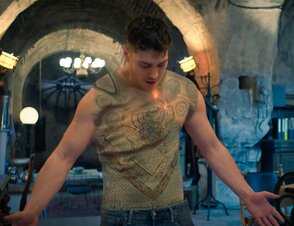 Throughout the three seasons of the first Turkish original from Netflix, the audience has been witness to the adventures of Hakan Demir, who goes from being an ambitious but luckless young man to an unlikely hero who suddenly discovers his lineage linked to an ancient order tasked with being the Muhafiz ("The Protector") of Istanbul. With a ring, a dagger and a talismanic shirt all of which have special powers, he is bestowed with the responsibility of keeping the city safe from the shenanigans of the Immortals, another ancient order who thrive on wreaking havoc on humankind. He is helped by the Loyal Ones, who are mortal human beings tasked with protecting his life at all costs. With training from Zeynep, one of the leaders in his army, he must become a worthy warrior within a short period of time, as the threat of a reprisal of the full set of Seven Immortals looms large. As part of a superhero fantasy genre, if you are looking for a formulaic story of a superhero who ends each episode with yet another successful escapade, you will be disappointed. The Protector is far more about Hakan’s journey of becoming the Protector than it is about being one. We see Hakan struggle with loss after loss, ranging from plot devices that push him to rise up to the role of the Muhafiz to bungled plans that test his emotional intelligence and leadership skills. And through each loss, we see him come out stronger on the other side, having learnt from his mistakes and grief. This process of exposing a character, during both his moments of weakness and glory, is a trait in Turkish drama that its fans love. The actors must express a range of emotions as they strive for the higher moral ground while their passage to the epic love interest is usually fraught with obstacles to be overcome. Cagatay Ulusoy as Hakan and Hazar Erguclu as Zeynep, the head of the Loyal Ones, portray this journey with a sensitivity that is rightfully expected of such committed, experienced young actors. Unlike the typical monogamous protagonists of Turkish drama, we see a promiscuous Hakan who falls in love with women who are precariously close to or within the world of the Immortals. Time and again, he faces away from the love of Zeynep, a worthy partner in crime. This is despite several clues in the series that suggest that the Protector always marries a Loyal One, as they can fully appreciate the Protector’s moral duty. It is also next to a beloved Loyal One that the Protector can restore his lost powers. However, as the Oracle tells Zeynep in her customary cryptic words, the relationship between the Protector and the Loyal One can be as powerful as it can be dangerous. Which may be why we keep seeing Hakan and Zeynep weave in and out of a hint of a relationship, leaving us once again to question their future together at the dramatic end of Season 3. 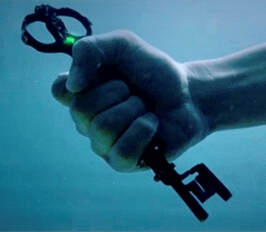 While Season 1 ends with the re-emergence of the full fleet of Immortals and Season 2 ends on a vastly weakened Loyal army, Season 3 ends on Hakan emerging as a lone warrior as his friends fall prey to devious machinations by the Immortals under the most powerful of them all, the Vezir. As we discovered in our interview with Director Umut Aral, Season 4 will bring closure to many important questions that have plagued the fans since the conclusion of Season 3. Will Hakan be able to solve the key to changing the past? As Netflix prepares to drop the final season in a few hours, we hope you will tune into the 10 episodes and witness the conclusion to this epic journey taken by Hakan, The Protector of Istanbul. At the end of this amazing journey provided by the production team, and enjoyed by the international fandom, we leave you with an excellent visual representation of the story so far, which has been created by @414rl (IG, Twittter, YoutTube) for Cagatay Ulusoy North America. Thumbnail credit goes to: cagatayulusoy_hazalkaya01 | IG. The fans, as much as the production team, have delivered on this success for Netflix and we look forward to many more! You can also head on over to the Cagatay Ulusoy North America YouTube channel that has a series of fan videos that capture different elements of the story so far. More materials to be found on all our other platforms on Instagram, Twitter & Facebook. --------------------------------------------------------------------------------------------------- Article copyright CUNA and mh/ @entrespire | twitter All pictures belong to their original owners, where applicable. No copyright infringement intended. Please ask for permission before reprints. #TheProtector #HakanMuhafiz #HarunMuhafiz #NetflixOriginal #TurkishDrama #CagatayUlusoy #UmutAral The Protector, starring Cagatay Ulusoy, has been a phenomenal success story for Netflix, registering more than 20 million views for its 25 episodes across the past three seasons. As Netflix prepares to drop the fourth and final season of The Protector on July 9, North America TEN, the umbrella organization for Cagatay Ulusoy North America, is delighted to have the opportunity to connect with Umut Aral, the award-winning lead director for the franchise since Season 1.
With insightful answers about the origins of the story, his vision, localization of the production and more, the following interview provides some great information about the pioneering work done in the first Netflix Turkish original, which explores a new genre for the Turkish market, better known for its dizi format. Our deepest gratitude to Mr. Aral for providing such thoughtful discourse on the process of film making for The Protector. Read the full interview here. Article Copyright (c) North America TEN In an unexpected announcement, Netflix released the trailer for Season 4 of The Protector, that shares July 9th as the drop date for the fourth and final season of the series. To our knowledge, Cagatay and team completed filming for Seasons 3 and 4 in September of 2019, which established the expectation that, much like Seasons 1 and 2, these two seasons will be released within months of each other. Season 3 hit the platform on March 7th. From the trailers, it looks as though Hakan Muhafiz is setting up for an epic battle with the Immortals, who have taken over Istanbul in the present, with plans to take out the problem at its roots, back in time. We see Hakan in the physique of Harun, his ancestor, as the last scene in the previous season show Hakan appearing out of the water as Harun, set in 1459 Istanbul/ Ottoman Empire. The surprise twist was the loving relationship he is shown to have with the Vizir. Several characters who play the Immortals, and have been killed in prior seasons, make a reappearance this season, both in the present time and in the historical past. With elaborate costume and set designs evident in the trailer, it promises to be an incredible visual treat as the story comes to its final conclusion. Will the installment be able to resolve all the loose threads in a satisfactory fashion? Will Hakan and Zeynep be able to live their promised love story? Or will the Vizir triumph over the efforts of Hakan and his Loyal Ones? Much awaits us in this final installment of a series that has proven to be a surprise hit for Netflix, cementing a promising path for future productions of Turkish originals. Article (c) by CUNA
All pictures and video clips belong to their original owners, where applicable. No copyright infringement intended. Cagatay Ulusoy (born September 23, 1990) is a Turkish model and a versatile young actor, who has established himself as one of the country’s brightest young stars, being the first actor to play the lead in Netflix’s production foray into Turkey. Ulusoy has received one Golden Butterfly Award (out of 6 nominations), two Turkey Youth Awards, one Golden Lens Award and numerous other accolades. He has also been named to tachandler’s 100 Most Handsome Faces (in the world) 3 years in a row, as the highest ranking star from Turkey. Most recently, he received his first international award as one of GQ Middle East’s Men of the Year 2019. After his win as Best Model of Turkey in 2010, as one of the youngest contestants to do so at age 20, Cagatay has become best known for his dizi roles in Adini Feriha Koydum (2011 – 2012), Medcezir (2013 – 2015), Icerde (2016 – 2017) and the Netflix original The Protector (2018 – present). Cagatay is managed by Engin Aykanat in Istanbul, and is also signed on by Hollywood’s United Talent Agency, one of the best known talent agencies in the industry. He splits his time between Istanbul and California. 2011 – 2017: Turkish Dizi & Movies Cagatay started filming in the lead role for “Adini Feriha Koydum” and breathed life into the complex role of Emir Sarrafoglu, a rich, young man who falls passionately in love with a girl who was more than she appeared to be. Starring alongside renowned actress Hazal Kaya, who played the titular role of Feriha, the show surpassed expectations and became one of the first few Turkish shows to be syndicated internationally. This made Cagatay/ Emir a household name in important markets such as the Middle East, Latin America, South Asia and Eastern Europe. The show ran for two seasons with 67 episodes. He resurrected the role of Emir in a short-lived spin-off series “Emir’in Yolu”.
Available in English before Adini Feriha Koydum , “Medcezir” is the 2013 series that shot Cagatay into international stardom, leading to his first Golden Butterfly award for Best Actor and ELLE Style awards. Co-starring with an ensemble cast that included Serenay Sarikaya, Taner Olmez, Hazar Erguclu and Baris Falay, Medcezir is loosely based on the FOX series The O.C. The adaptation deviated significantly from the original, giving it a life and rhythm of its own. Cagatay’s Yaman Koper and Serenay’s Mira Beylice brought a beautiful love story to life, set against the backdrop of the social tensions that exist within the rich enclave of fictitious Altinkoy. A stunning production featuring an all-star cast, air tight script from a team led by Ece Yorenc, and an astounding soundtrack from Toygar Isikli, Medcezir became the 5th most successful Turkish TV series in terms of net sales. In addition, Cagatay reveals himself as a formidable musical talent and sang many of his own songs on the show. Medcezir received the Seoul International Drama Award in 2015, and the award was received by Cagatay Ulusoy and Ece Yorenc, on behalf of the team. Continuing his work with the same director from Medcezir ( Ali Bilgin ) and under the auspices of the same producers ( Ay Yapim ), Cagatay transformed himself into Baris Ayaz for a full-length movie called “Delibal”. Cagatay prepared for 6 months for this role, taking drumming lessons and studying people with mental health issues, so that he could believably essay the role of a talented musician and student of architecture, who also struggles with bi-polar disease. In addition to his acting prowess as Baris, Cagatay lent his voice to the song “Mutlu Sonsuz”, the principal song for the movie’s music track. Playing alongside Leyla Lydia Tugutlu, the movie was a critical and commercial success. In 2016, Cagatay became the face of “Colin’s” clothing brand in Turkey and, together with Victoria’s Secret model Taylor Hill, shot the commercial Bize Uyar for the company. He is also said to have directed a short film titled “Home”, which focused on the homeless in Los Angeles, but the film has not been seen by a wider audience. Later in the year, he took on the lead role of Sarp Yilmaz, a resolved, unwavering, undercover policeman with a spine made of steel in the action-packed dizi “Icerde”, the first of its genre for Turkey. Inspired by Martin Scorcese's The Departed, Icerde manages to remain a quintessentially Turkish show, with action, drama, love and family portrayed beautifully. Starring alongside Aras Bulut Iynemli, who plays the lost brother, Umut, that undercover cop Sarp is desperately searching for in the gang he infiltrates, the 39-episode Icerde broke all sorts of domestic records and the ratings never fell below 7. It is also one of the top shows to have been syndicated internationally, to great success in Latin America and other markets. Cagatay cut an amazing hero figure in the form of Sarp and proved himself a worthy brother, son and partner. His performance won him the Turkey Youth Awards two years in a row, with his first one for Baris in Delibal. 2018 – Present: Netflix & New Frontiers Cagatay’s domestic success and international appeal led to him being selected as the lead for Netflix’s first original Turkish production “The Protector”, a series based on the book Karakalem, written by Ipek Gokdel. Playing the role of a reluctant superhero, who is bestowed with special responsibilities and powers due to his lineage, Cagatay brings to life the complexities of a maturing young man who has to learn to embrace his destiny. The global release of the 10 episode Season 1 proved to be hugely successful for Netflix with more than 10 million views within the first four weeks. Even though the storytelling caters to a young, modern audience, and the style is vastly different than that of a traditional dizi, Cagatay’s acting as Hakan Demir was layered and true to a young man struggling with competing pressures on his heart and mind. Acting alongside other popular names such as Hazar Erguclu, Ayca Aysin Turan and Okan Yalabik, Netflix will drop Season 3 on March 5 2020, while the audience eagerly awaits Seasons 4, rumored to hit the screens later this year. For his role as Hakan, Cagatay received the Golden Lens Award and Best Actor – Internet Platform (by Ayakli Gazete ). In the Fall of 2019, it became known that Cagatay will be directing his own project “Azadlik Saka” (“Freedom Bird”) based on a script he authored in collaboration with Toygar Aydin. News on filming or release schedules are not yet available. Cagatay is now firmly established as an internationally recognized icon for Turkey, both as an actor and a person. He is known for his humanitarian efforts and supported a charity event in May 2019, hosted by the Monk Foundation in Tbilisi, Georgia, visiting children with cancer. For a young man who has achieved such stardom, Cagatay remains inspiringly humble, protective of his private life and is deeply loved by both fans and industry peers. His hobbies include basketball, painting, music, fishing, deep-sea diving, among others. For more information: https://www.cagatayulusoynorthamerica.com/filmography.html You can watch The Protector on www.netflix.com You can visit the IMDb profile pages for shows and other actors listed in the article (C) North America TEN, CUNA & mh |
Archives
February 2022
Categories
All
|
CAGATAY ULUSOY NORTH AMERICA
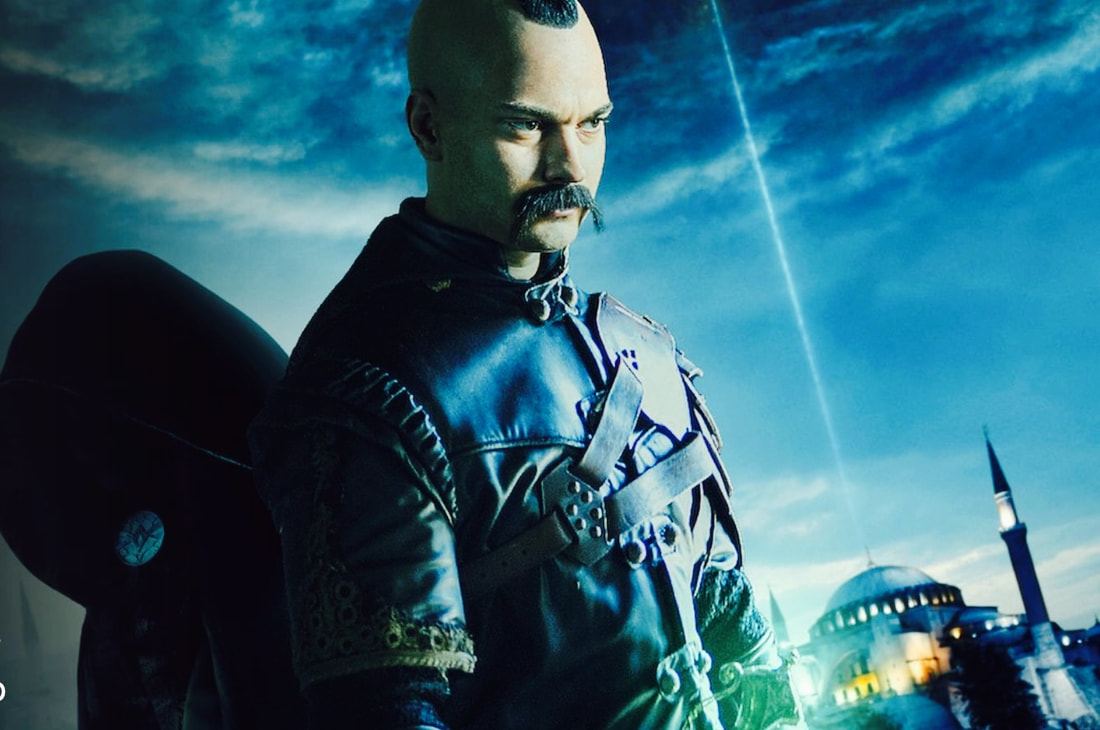



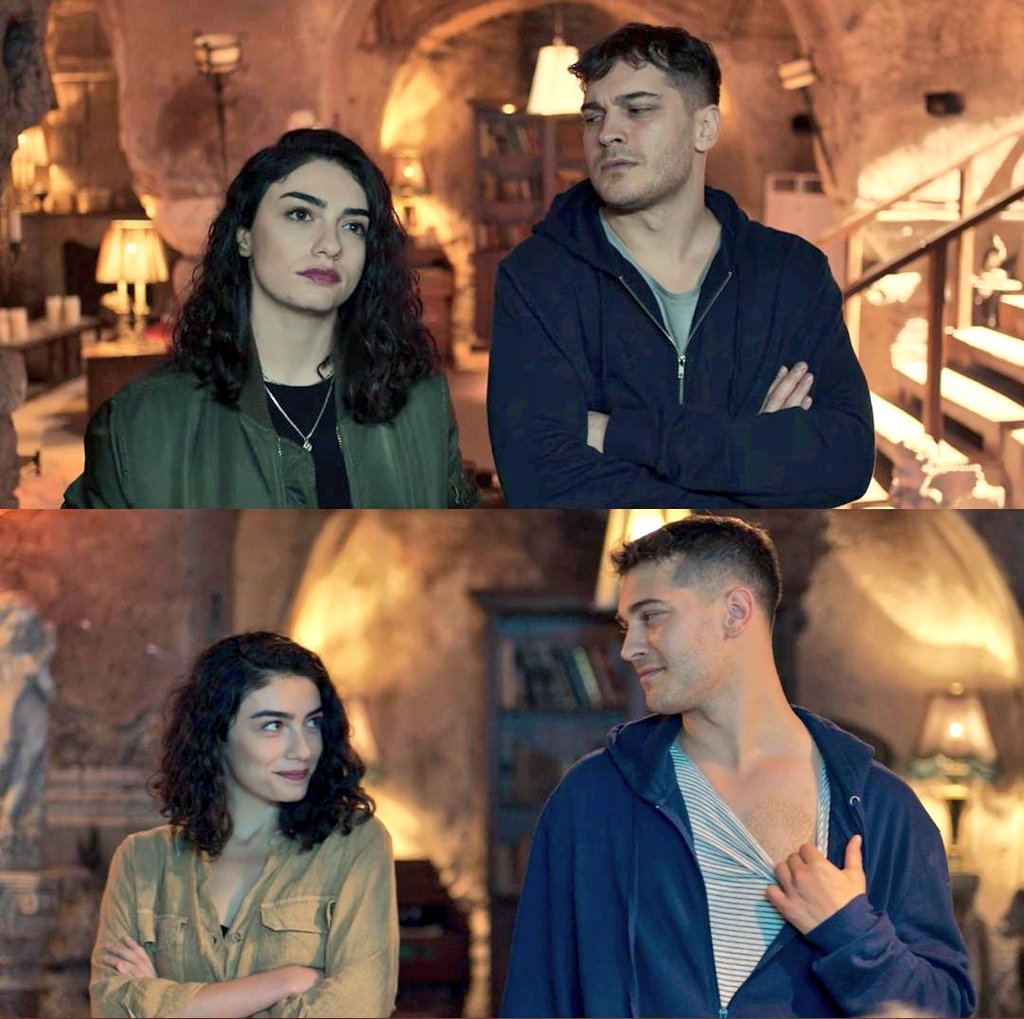
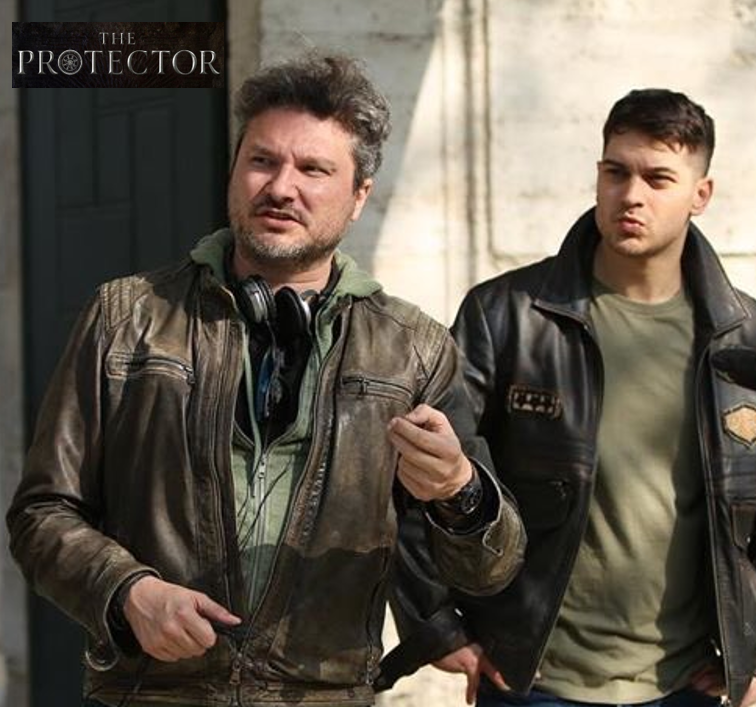
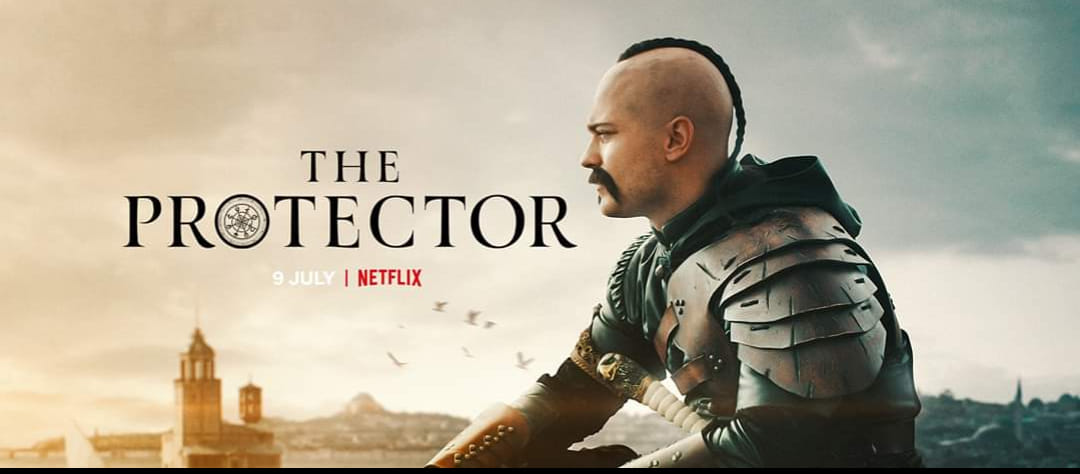
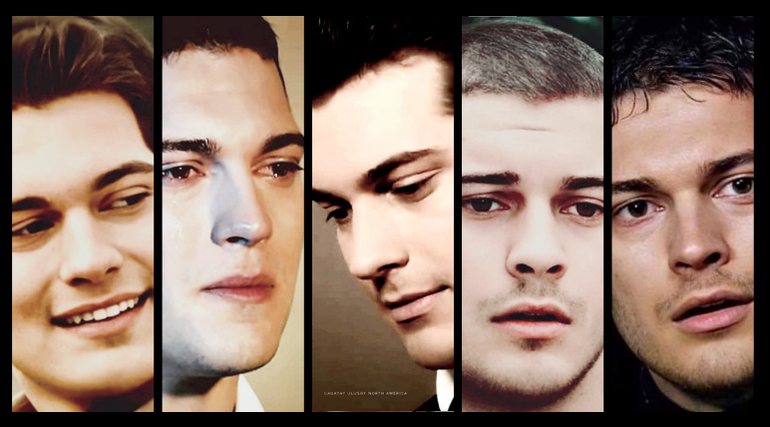

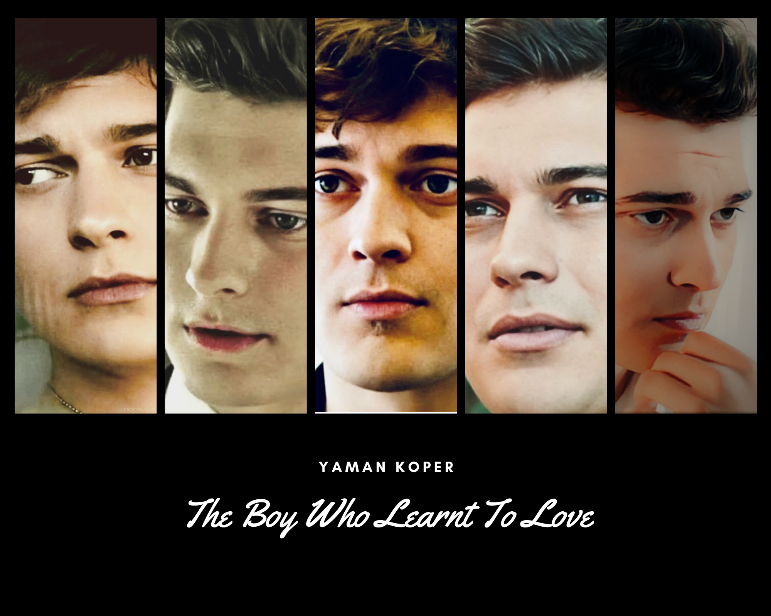
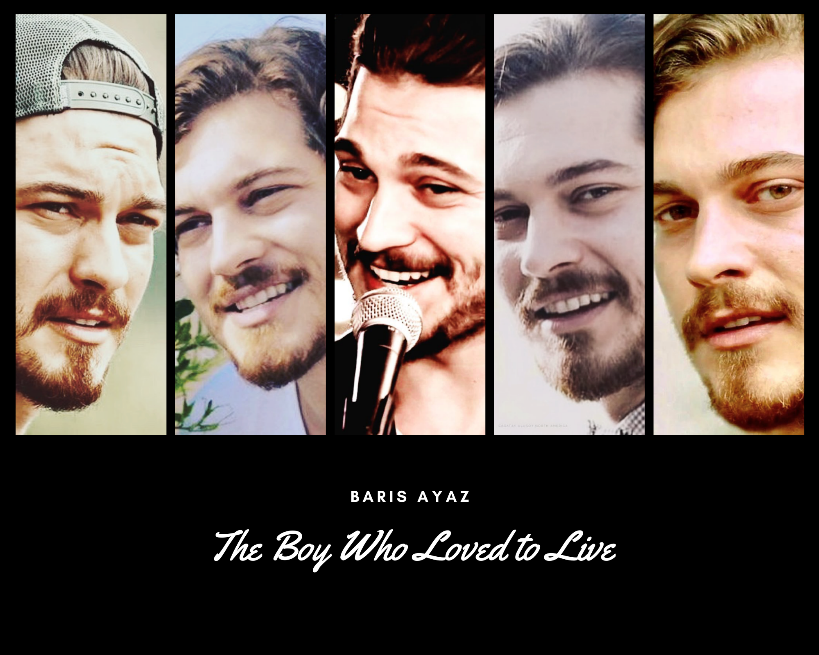
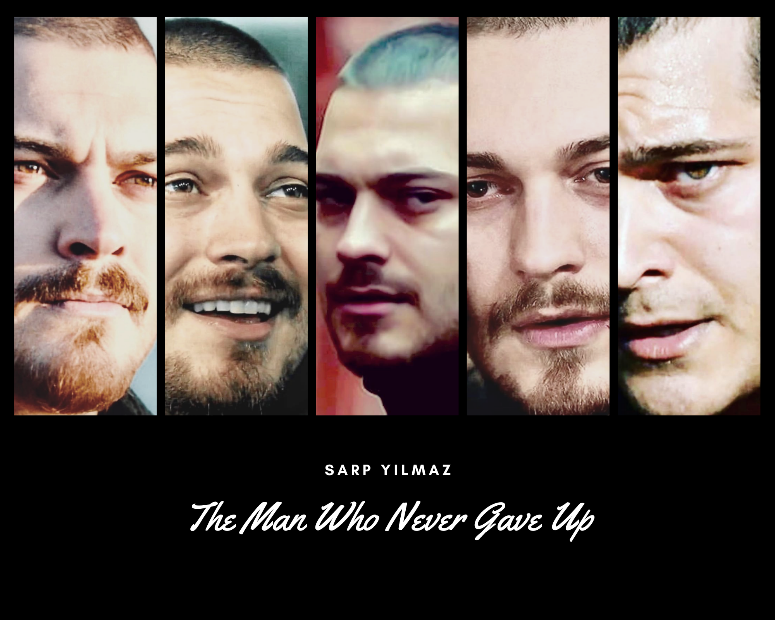
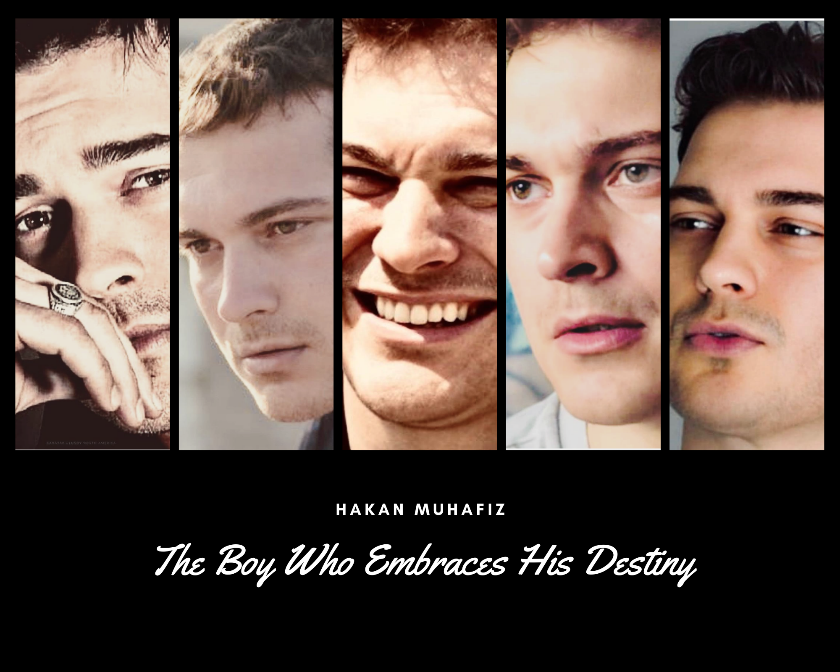
 RSS Feed
RSS Feed
